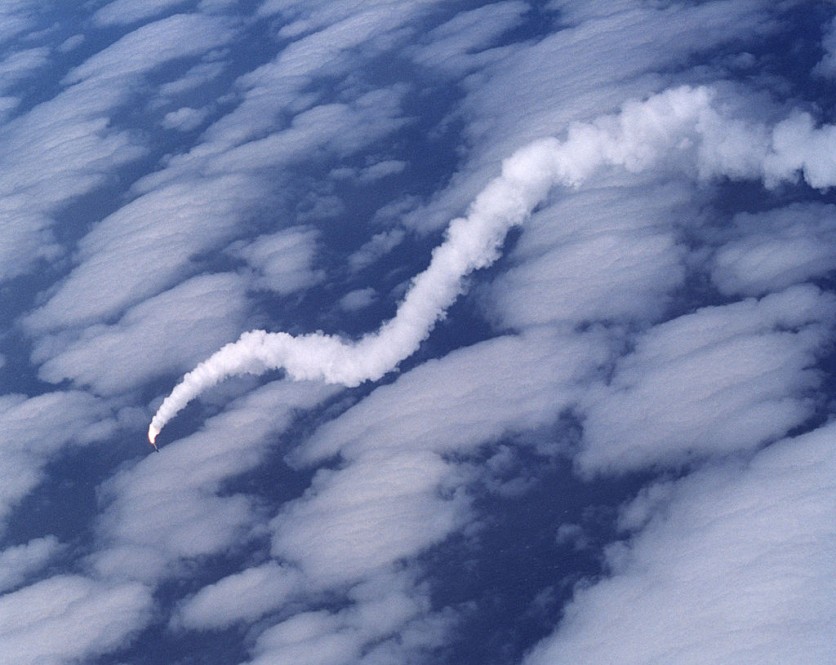The US Navy has awarded Lockheed Martin a $1-2 billion contract to create and produce the country's first-ever sea-based hypersonic strike capability.
The contract represents a significant advancement in developing hypersonic technologies for the US military, as per a press release.

Conventional Prompt Strike
The US Navy granted Lockheed Martin a more than $2 billion contract (if all the options are used) to integrate the Conventional Prompt Strike (CPS) weapons system aboard ZUMWALT-class guided missile destroyers (DDGs).
The CPS is a hypersonic boost-glide weapon system that allows long-range missiles to fly at speeds faster than Mach 5, with exceptional survivability against adversary defenses.
"Lockheed Martin continues to advance hypersonic strike capability for the United States through this new contract," Steve Layne, vice president of Hypersonic Strike Weapon Systems at Lockheed Martin, said in a press release statement.
"Early design work is already underway. Our team looks forward to supporting the warfighter by providing more options to further protect America at sea."
Under the terms of this agreement, Lockheed Martin will serve as the prime contractor and will supply this naval platform with launcher systems, weapon control, All Up Rounds (AURs), and platform integration support.
By the middle of the 2020s, Lockheed Martin and its partners, such as Northrop Grumman and General Dynamics Mission Systems, plan to provide sailors the CPS surface-launched, sea-based hypersonic strike capability.
Read Also : US Navy Not In a Hurry to Move to Next-Gen Destroyer Program, Says Will Continue to Build DDG Flight IIIs
Long Range Hypersonic Weapon
The deal also includes additional AURs and canisters for Long Range Hypersonic Weapon (LRHW) testing, training, and tactical employment for the US Army.
CPS can be fired from a variety of platforms, such as surface ships, submarines, and land-based mobile launchers, and it shares an AUR with the Army LRHW, according to Lockheed Martin.
The main systems integrator for the CPS and LRHW weapon systems will be Lockheed Martin as well.
The business is leading a group of industry, government, and academic partners to make significant advancements in design and development to address this important requirement for warfighters on land and at sea.
Hypersonic vehicles or hypersonic missiles are extremely maneuverable and can travel at speeds greater than five times the speed of sound. The ZUMWALT-class destroyer's stealth and mobility, along with the CPS capability, will give the country its first sea-based hypersonic strike capability.
Fielding CPS on the ZUMWALT-class destroyer will be essential in order to give the warfighter a capability that reflects Lockheed Martin's 21st Century Security vision in supporting its clients.
Lockheed Martin utilizes its corporate legacy of system integration on naval platforms and over 60 years of experience with hypersonic strikes to speed development on an unprecedented timetable.
Related Article : US Navy's Anti-Hypersonic Missile Energy Systems Now Being Developed; Efficient Against Chinese, Russian Rockets?

ⓒ 2025 TECHTIMES.com All rights reserved. Do not reproduce without permission.




